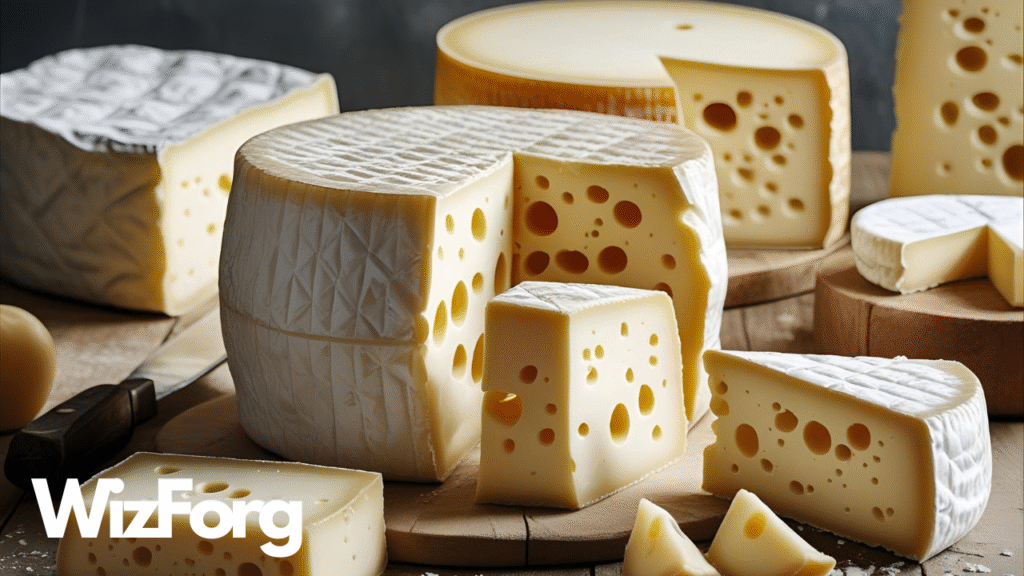For decades, cartoon characters and deli counters taught us one thing about Swiss cheese: it has holes. Big, round, unmistakable holes—also known as “eyes.” But if you’ve recently bought Swiss cheese and noticed it looking suspiciously solid, you’re not imagining things. Swiss cheese doesn’t always have holes anymore. And there’s a fascinatingly scientific (and slightly weird) reason behind it.
First, What Causes the Holes?
Traditionally, those iconic holes were a natural part of the cheese-making process. When making cheeses like Emmental (the classic “Swiss” cheese), bacteria are added to the milk to help ferment it. One of those bacteria—Propionibacterium freudenreichii—produces carbon dioxide as it consumes lactic acid. The gas forms bubbles, which become the holes in the cheese.
The size and number of holes depend on the temperature, the bacterial strain, and the aging process. For years, cheese-makers had mastered the art of creating a perfect, hole-filled Swiss wheel.
So… what changed?
Too Clean for Holes?
The biggest culprit behind disappearing holes? Cleanliness.
In the early 2000s, Swiss researchers observed that modern cheese-making environments were becoming too sterile. Thanks to improved filtering, sterilization, and stainless-steel equipment, one key ingredient was going missing: microscopic hay particles.
Wait, hey?
Yes. In traditional dairies, raw milk often contained tiny bits of hay from barns or milking stations. These particles acted as ideal surfaces where carbon dioxide could collect and form bubbles, also known as holes. When cleaner practices eliminated those particles, the bacteria had nowhere to trap the gas. Result? Smoother cheese, fewer holes.
Modern Cheese, Modern Preferences
Aside from cleanliness, your preferences as a consumer and the needs of slicing machinery have also played a role. Sliced cheese for sandwiches or pre-packaged deli portions needs to be uniform. Holes can damage automatic slicers or weaken the slices. That’s why many modern producers now purposely reduce hole formation to meet packaging standards and reduce waste.
Some cheese labeled as “Swiss” in the U.S. is produced to be nearly hole-free for commercial reasons. It’s still technically Swiss-style, but not the same as its traditional Emmental cousin. The traditional Emmental has a distinct nutty flavor and a slightly elastic texture due to the presence of holes, while the modern hole-less Swiss cheese may have a smoother, more consistent texture.
Not All Swiss Cheese Has Holes Anyway
It’s also worth noting: not every Swiss cheese is supposed to have holes. Switzerland produces hundreds of cheese varieties, many of which—like Gruyère—are smooth and holeless by design, offering a rich diversity of flavors and textures.
So, that block of solid “Swiss” cheese? It may still be authentic. Or it may just be an adaptation of Swiss style for modern factories and tastes.
Final Thoughts
Swiss cheese with holes might be iconic, but science, sanitation, and slicing machines are gradually smoothing out that signature look. The next time your sandwich feels a little more solid than usual, you’ll know why.
Do you enjoy discovering unusual food facts from around the world? Explore more at Wizforg.com and subscribe to our YouTube channel for bite-sized insights into global culture.



